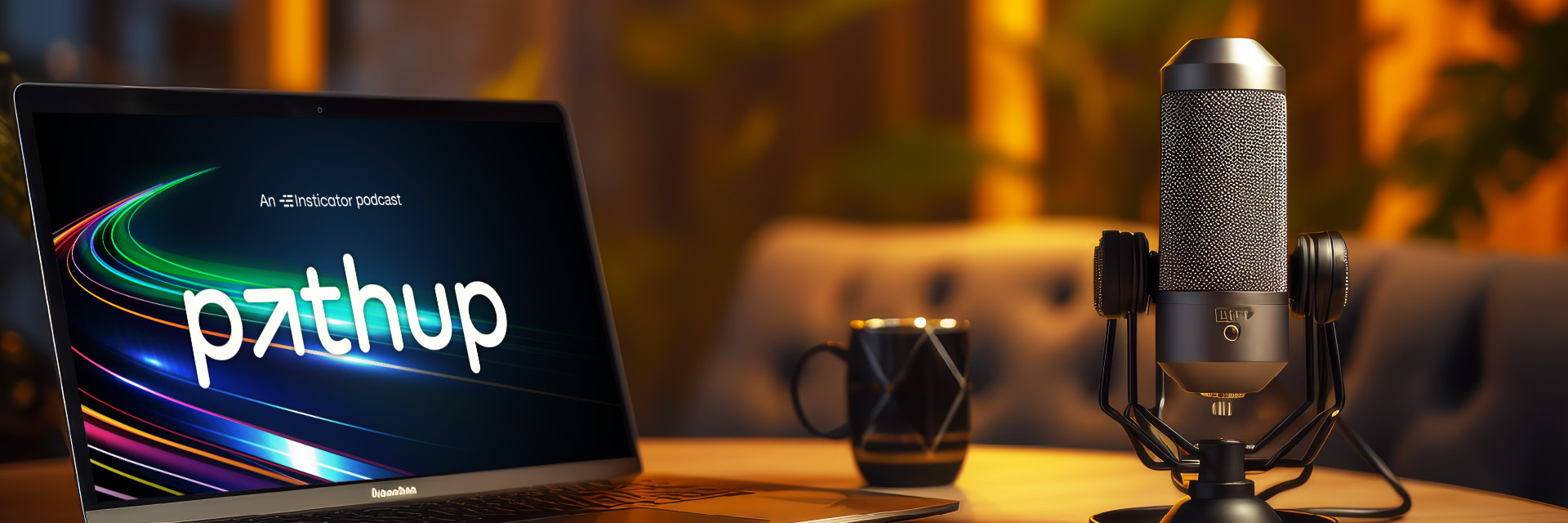5 Ways to Leverage UX to Retain Readers of Your Publication
April 2019

by Monica Mizzi
You’ve probably heard many a marketer say, “Content is King.” But did you know that your blog layout is equally important? While you may not have given much thought to your blog layout, it plays a fundamental role in not only engaging your readers, but also in influencing their behavior. Here are the five best user experience design practices to help you retain readers.

Unsplash
- Think Like Apple
Apple’s unique aesthetic has played a large part in transforming it into the multibillion dollar company it is today. Minimalist and sleek, its aesthetic is revered for providing an alternative to the fussy designs many companies opt for. And it’s not just Apple’s products that reflect these attributes, but its website design, too. Just check out the iPad webpage. Notice the white space? The lack of visual clutter? The calmness you feel after viewing it?
This is why you should think like Apple when setting up your blog layout. Don’t be tempted to overcrowd your blog pages by featuring too many things at once. Instead, ensure there is enough white space — the unused space around an object such as a paragraph of text or an image. As UX Planet points out, white space serves four primary functions:
- improving comprehension
- clarifying relationships
- attracting attention
- creating a feeling of luxury
Surely, those are features you want your blog layout to support. Keeping Apple’s less-is-more approach to UX in mind will point you in the right direction when designing your blog layout.

Getty Images
- But Don’t Get Too Minimal With Your Blog Layout
Remember how we were just raving about white space? It’s important not to take it to the extreme. An effective blog post layout still needs certain elements to capture readers’ attention. If your layout is too minimalist, it may discourage them from reading on beyond the fold.
Features that encourage reader engagement include bullet points, numbered lists (like the one above) and featured quotes. As an added bonus, these features can also help boost your search engine optimization. So, what is an ideal amount to include? There’s no magic number. Use them when you need to break up large walls of text or to organize your content.

Getty Images
- Use Headings
When it comes to UX best practices for your blog layout, headings are right up there. Blog posts without headings are difficult to read and navigate. They are also visually unappealing. Break up your text with intuitive headings. You’ll need to learn some basic heading rules, but they are quite easy to wrap your head around. The payoff is significant: Headings will help your readers make sense of your content as your writing will flow better and be easier to read. They will also help with your SEO efforts.
A table of contents is a simple but powerful addition to a blog layout and it makes page navigation far easier. Instead of scrolling trying to find what they’re looking for, readers can instead click on the relevant heading in your table of contents and — BAM! — they’ll be navigated there. If only everything in life were so easy!

Getty Images
- Include Images
Images not only break up walls of text, but they also encourage readers to engage with your content in a more meaningful way. The right image can make readers stop and think, entice them to continue reading or just give them a much-needed break after reading a lot of text.
Including multiple images might set you apart from your competition. As marketer Neil Patel notes, far more publishers include only one image rather than multiple images despite the value that images provide in strengthening reader retention. As a general rule of thumb, add an image every 300 words or so — or whenever you believe a written message could be enhanced by a supporting visual.

Getty Images
- Feature Other Forms of Engaging Content
Beyond traditional text and images, your blog should feature innovative forms of content. For a long time, video was seen as the go-to in this regard. There are many ways to use video to enhance your blog posts, but to provide readers with a truly memorable experience, you need to think bigger. We’re talking interactive quizzes, contests and polls, points of entry that are inherently engaging.
Imagine you’re reading a blog about mobile phone accessories and you see the option to enter a contest run by the company to win a free phone case. Wouldn’t you be enticed to try your luck? Or at the end of the post you encounter a quiz designed to help you figure out the best phone accessory to match your lifestyle. Wouldn’t you find that more useful than simply reading a textual explanation? If you’re looking for a unique and effective way to elevate engagement levels, interactive content is it.
Monica Mizzi is a digital marketer who has worked with a diverse range of clients including airline magazines, national newspapers, lifestyle and tech publications, and blockchain companies. Her experience with leading on-page SEO fixes, link building, and content creation efforts has helped successive clients to rank on the first page of Google, as well as strengthen their online reputation and web presence.
References:




